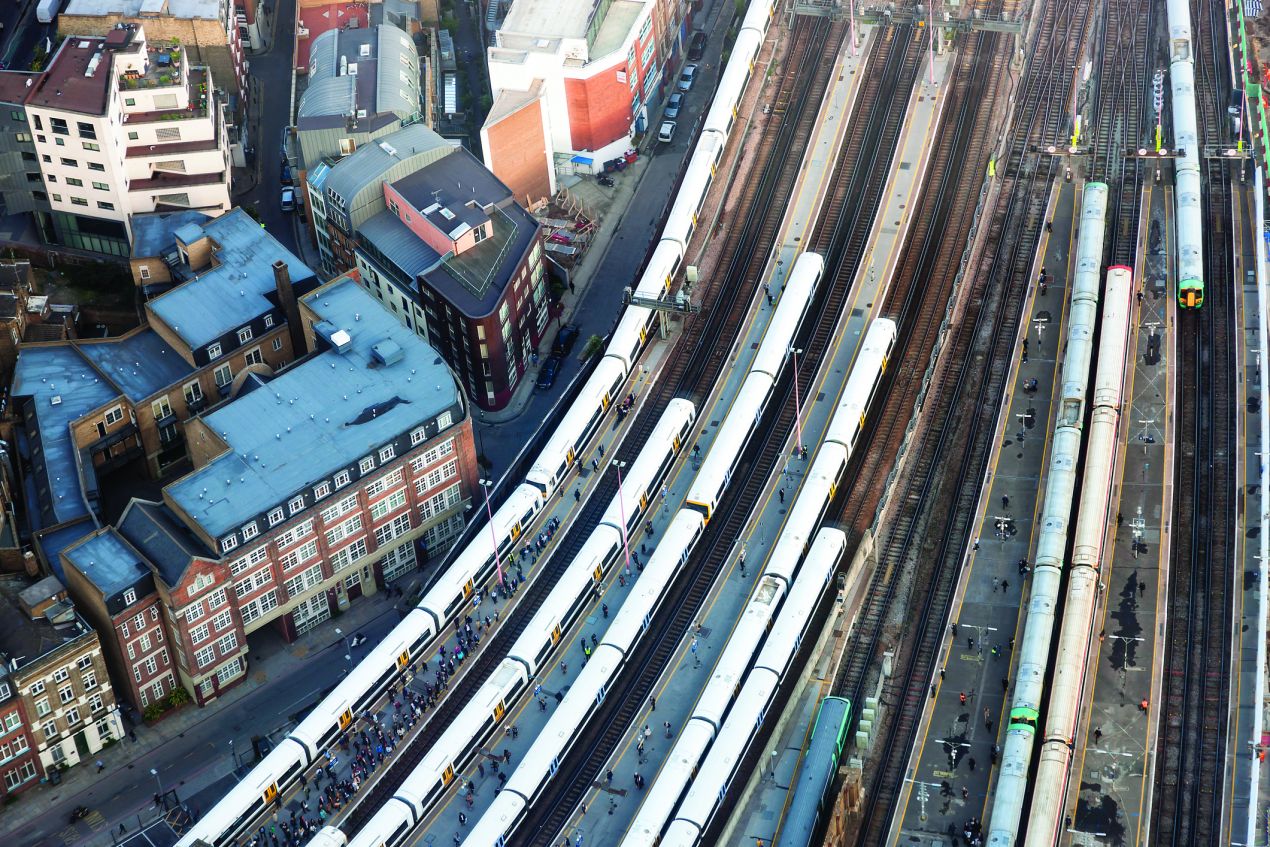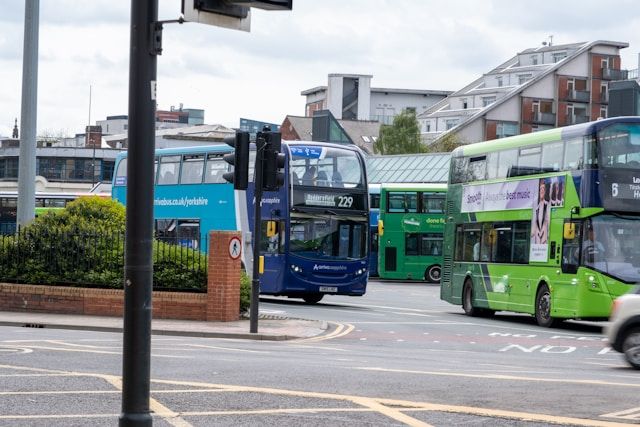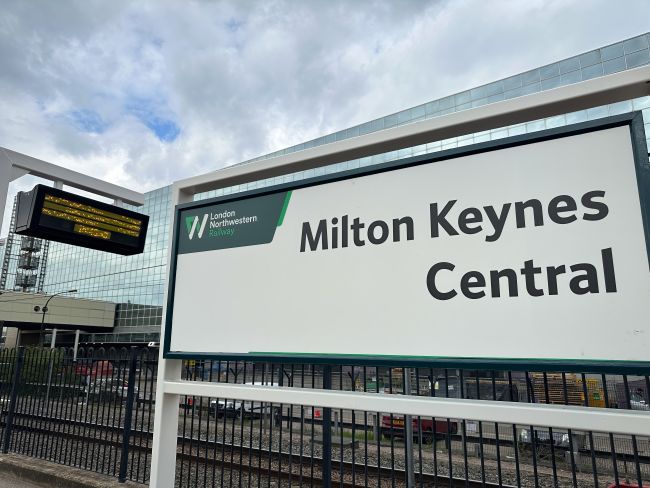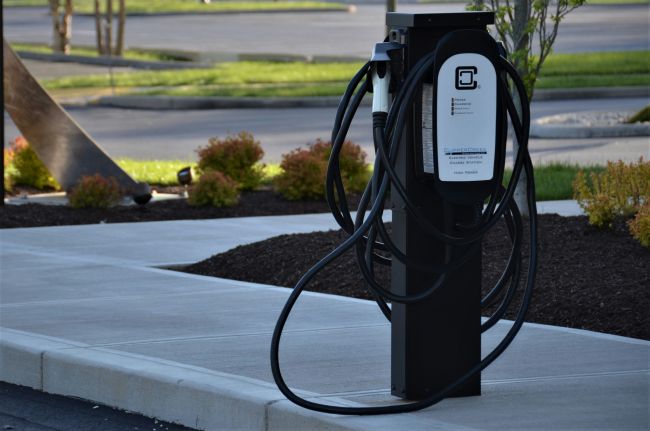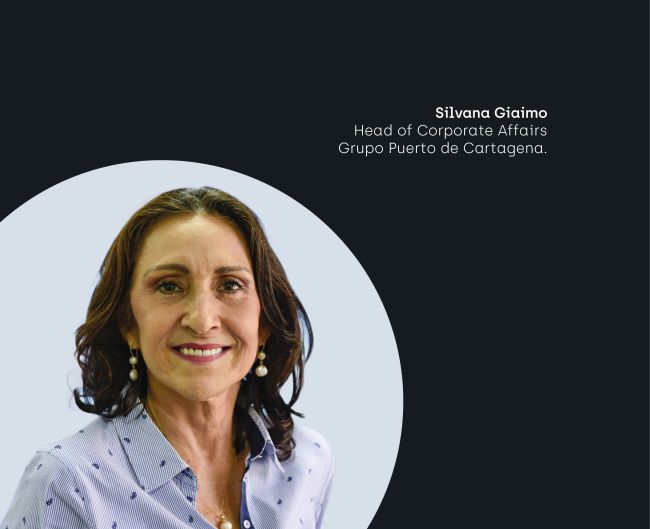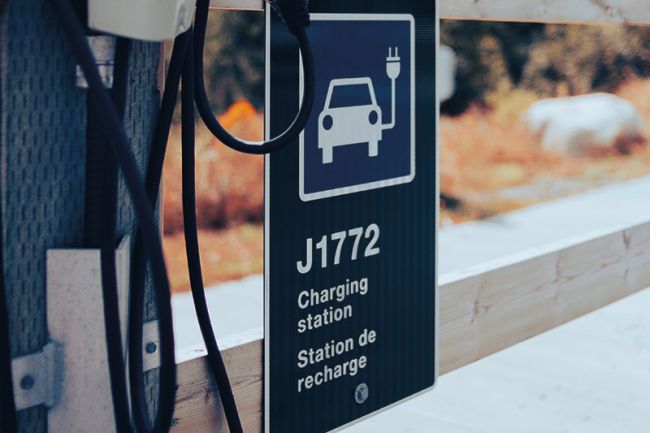Lessons from across the pond
Born and educated in the US, Laura Shoaf now holds one of the UK’s top transport jobs, TfWM.

Born and educated in the US, Laura Shoaf now holds one of the UK’s top transport jobs, Managing Director of Transport for West Midlands (TfWM). We asked her whether the new transport agenda there could offer any lessons for planners in North America.
In the last five to ten years, the UK has seen a major shift in the way it approaches transport planning. Rather than designing and delivering transit systems to achieve transport outcomes, planners are now addressing wider social, environmental and economic issues.
“We are thinking about how transport can help ensure we have housing where we need it, how it can unlock jobs and ensure that educational opportunities are in the right place” says Shoaf. “That is the fundamental change that has happened here in the UK.”
As a result of this change in approach, neighbouring authorities have started to work together on the transport agenda, which in turn has paved the way for wider political collaboration. These new, larger areas have a stronger voice in central Government, where the ruling Conservative Party’s focus is on devolution of power to the UK’s regions.
This is the case in the West Midlands, where seven local authorities, including Birmingham, the UK’s second biggest city, created a combined authority in June this year. The combined authority is tasked with driving economic growth and leading strategic policies such as skills, economic regeneration and transport. Almost three million people live in the region, with 77% of households owning cars; last year they made 275 million trips by bus, 50 million by rail and 5 million by light rail.
Shoaf, who studied urban planning at New York University before moving to the UK, heads the combined authority’s transport arm TfWM, having worked her way up to this top transport job via a number of strategic planning roles across the West Midlands. “Our plans are ambitious, but they are ambitious for the right reasons,” she says. “It’s what the people of this region deserve. We want to deliver a sustainable, integrated transit network and we want to see mode shift; the region is still heavily dependent on cars and we would like to see that change.”
The challenges faced by the West Midlands’ cities and towns are not too different from those faced by many of the US’s growing urban conurbations: road and rail networks at capacity, population growth, dependency on cars, and the question of how best to harness the benefits that technologies such as smart ticketing and autonomous cars can bring. In the next 20 years, the area expects its population to grow by 440,000 people, a number equivalent to the current population of Liverpool.
Over the next few years, West Midlanders can expect to see their ‘Midland Metro’ light rail network expand and the creation of transport links to stations for HS2, the high-speed railway which will link London with Birmingham and cities in the North of England. Buses too, are an important part of the picture, says Shoaf, accounting for the lion’s share of journeys each year.
Of course there is one huge difference between the UK and the US, and that is scale. “We struggle because we are a small island, so the ability to use more space is definitely more challenging here,” says Shoaf. “We have to be more innovative in the ways we build capacity, because we can’t just add another lane to a motorway.” Perhaps those lessons of working in limited space could be useful for the US too, muses Shoaf, since one of the battles faced by some US towns and cities is how to limit urban sprawl.
Urban planners in the US could also look to Europe for ideas on how to create ‘green cities’, says Shoaf, perhaps considering congestion charging to reduce the use of cars in city centres. “Not just in the UK, but across Europe, we’re making great strides in defining what green cities look like, what car-free cities look like,” she says. “There are some fantastic examples of how modern infrastructure can make a city feel world class and genuinely achieve modal shift.”
